Tee A. Corinne’s life and work occupy a foundational position in late–20th-century feminist and queer visual culture, synthesizing explicit lesbian eroticism with formal experimentation and committed pedagogy. Born Linda Tee Athelston Cutchin on November 3, 1943, in St. Petersburg, Florida, she was raised in a conservative household marked by her parents’ alcoholism and her own early battle with tuberculosis. Convalescing with her grandparents in Yankeetown afforded her solitude and the space to explore drawing, but also instilled her with an acute awareness of how domestic spaces encode power and shame; insights that would later surface in her mixed-media explorations of family, trauma, and healing (artistshomes.org, academia.edu). After earning an A.A. from St. Petersburg Junior College (1964), a B.A. in printmaking and painting from the University of South Florida (1965), and an M.F.A. in drawing and sculpture from Pratt Institute (1968), she relocated to San Francisco in 1972. There, immersed in the City’s burgeoning women’s-arts scene and gay-rights movements, she adopted the professional name Tee A. Corinne and turned decisively toward photography as her primary medium (queerculturalcenter.org, tandfonline.com).
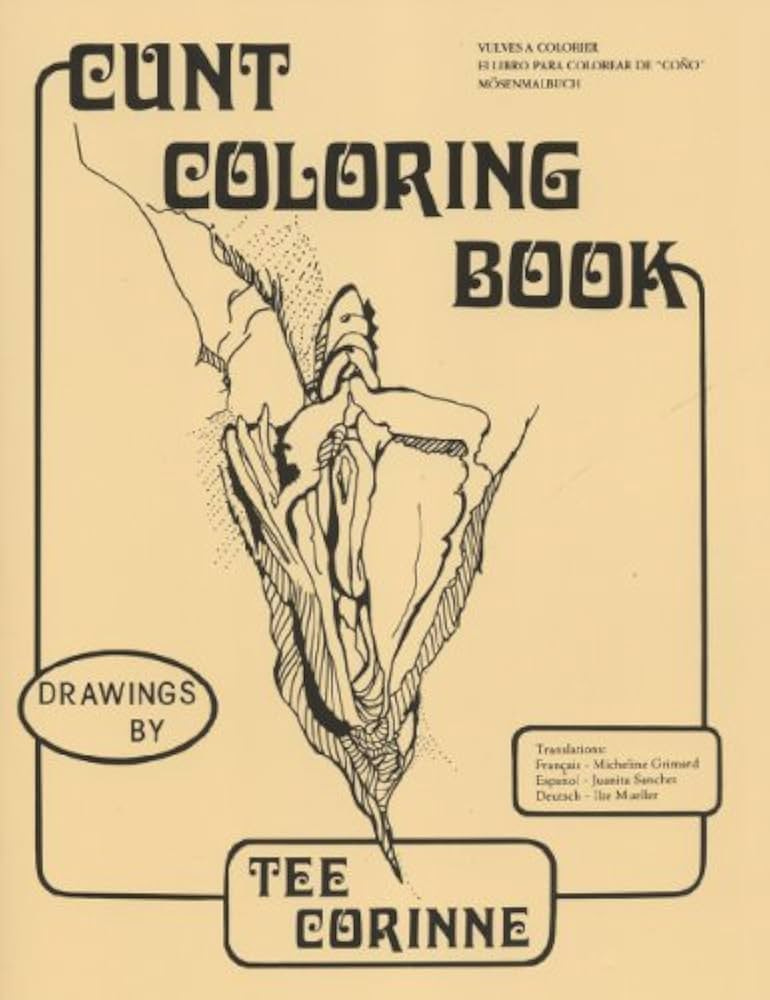
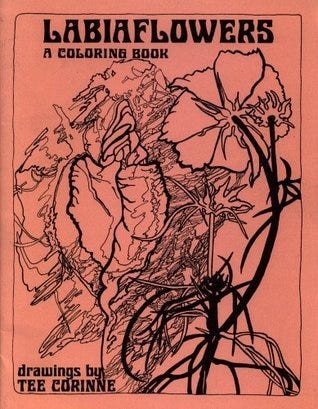
Corinne’s breakthrough comes with the 1975 Cunt Coloring Book, self-published after mainstream presses balked at its erotic content. Comprising delicate line drawings of vulvas accompanied by poetic and political captions, the book invited lesbian readers to “color in” their own visions of female pleasure and agency; thereby reclaiming a term Western culture had long stigmatized. Its underground distribution through feminist bookstores and lesbian collectives, and its later republication as Labiaflowers (Kitchen Press, 1989), cemented Corinne’s role as a pioneer of queer-feminist visual language (brooklynmuseum.org). By intervening simultaneously in language (reclaiming “cunt”) and imagery (rendering vulvas as sites of beauty), she anticipated later critiques of how naming and representation confer power.
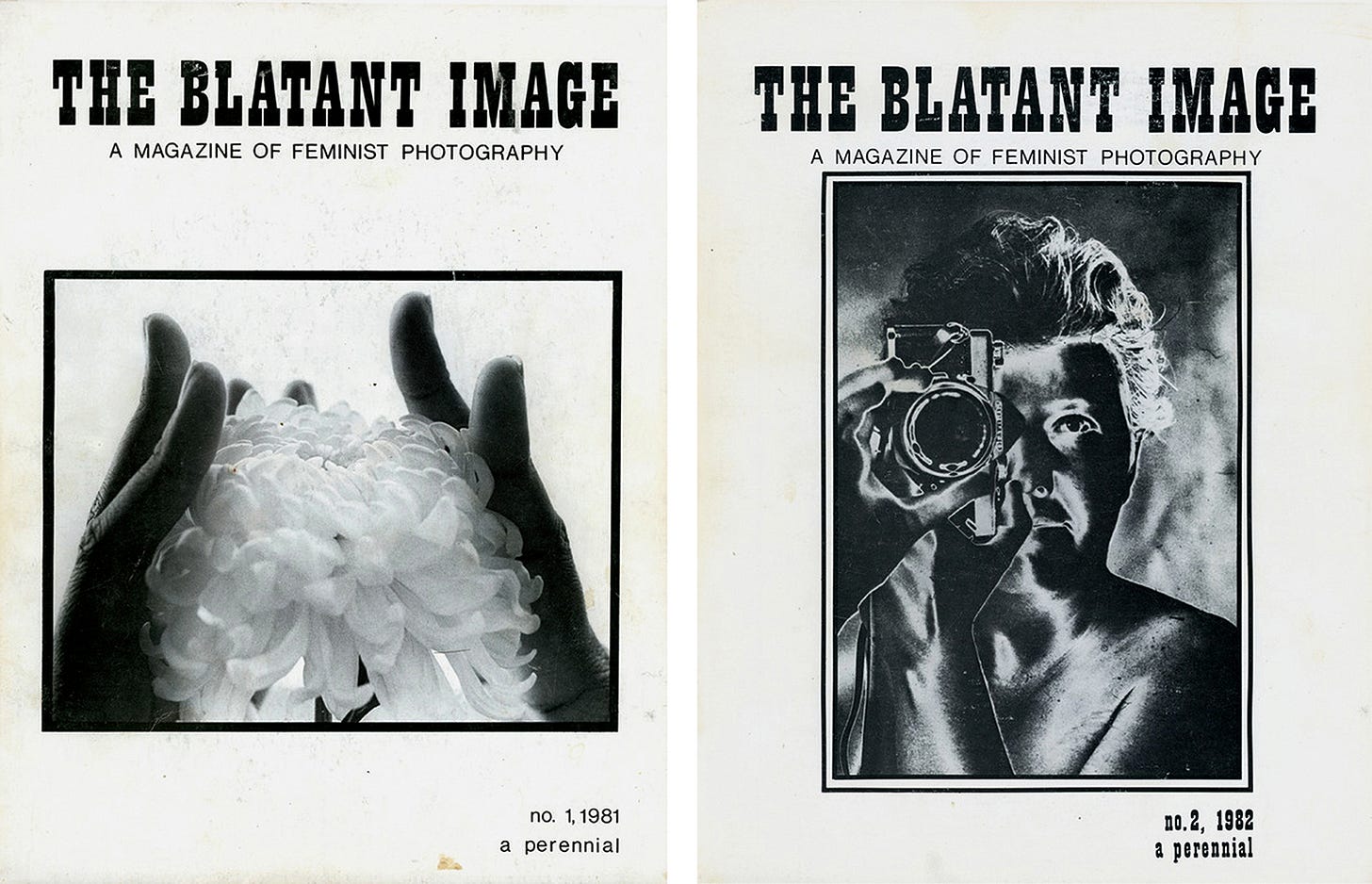
Between 1979 and 1981, Corinne co-facilitated the Feminist Photography Ovular workshops; intensive retreats in the Santa Cruz Mountains where women learned to wield cameras as tools of self-representation. These weekend gatherings resulted in slide-show performances, zines, and collaborative exhibitions that emphasized the personal as political. In 1981, she co-founded The Blatant Image: A Magazine of Feminist Photography, serving as editor and designer through its final issue in 1983. The magazine foregrounded work that challenged racial hierarchies, heteronormative frameworks, and conventional beauty standards, effectively extending feminist art discourse beyond academic journals into grassroots publishing (queerculturalcenter.org).
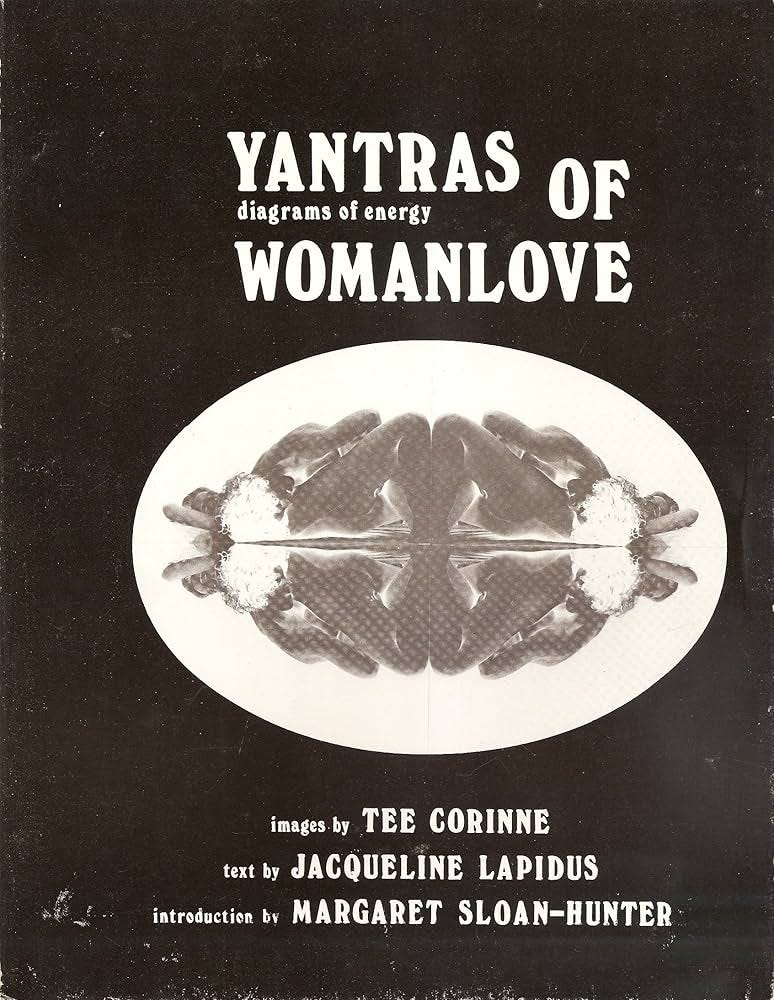
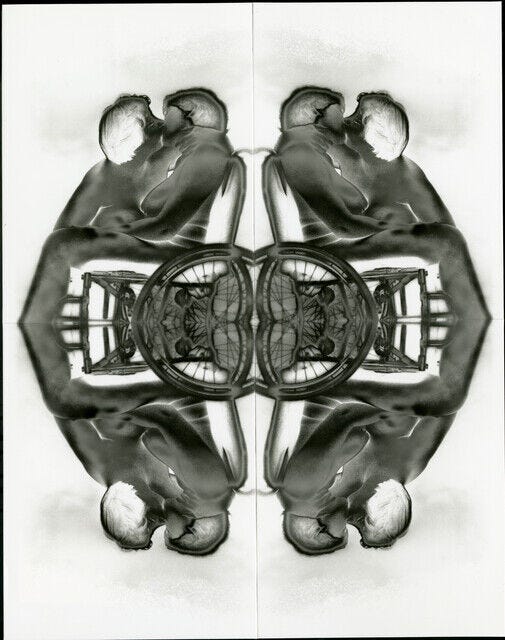
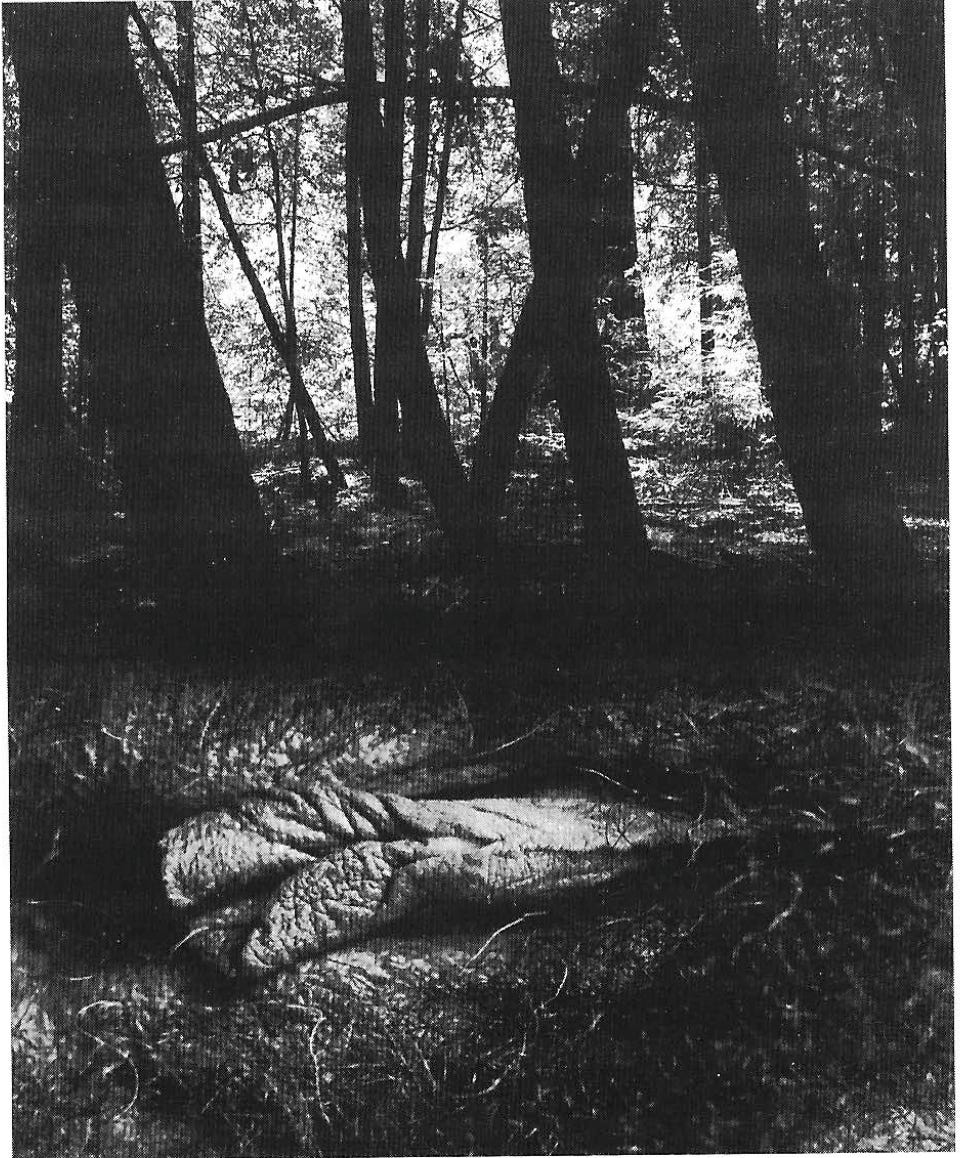
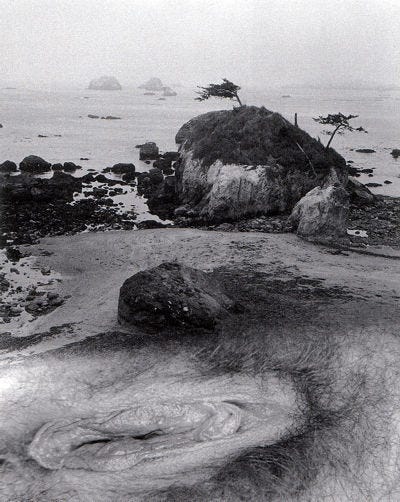
Corinne’s photographic practice of the 1980s and ’90s unfolds across several key series, each fusing formal innovation with radical content. In Yantras of Womanlove (1982), she created “yonic topographies” by arranging multiple vulval images into geometric mandalas, evoking elemental forces of earth and water. Works like Yantra of Womanlove #12 employ solarization, multiple exposures, and negative printing to both abstract and affirm the female form, asserting its place within cosmic cycles (on-curating.org, e-flux.com). In her Isis series, Corinne hand-tinted large-format prints to merge vulval imagery with Oregonic landscapes, emphasizing the body’s continuity with the natural world .
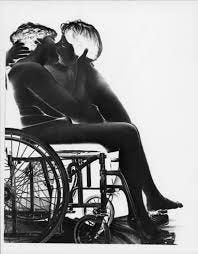
The early 2000s witnessed perhaps Corinne’s most intimate work: Cancer in Our Lives (2003–2005). Prompted by her partner Beverly Anne Brown’s diagnosis, Corinne documented Brown’s body before and after surgeries in stark digital color photographs. By presenting scars, ostomy bags, and porta-caths unflinchingly alongside Corinne’s own journal excerpts, the series demystifies illness and celebrates resilience. Medical taboos are disrupted as the aesthetics of pathology become a testament to love and survival (academia.edu).


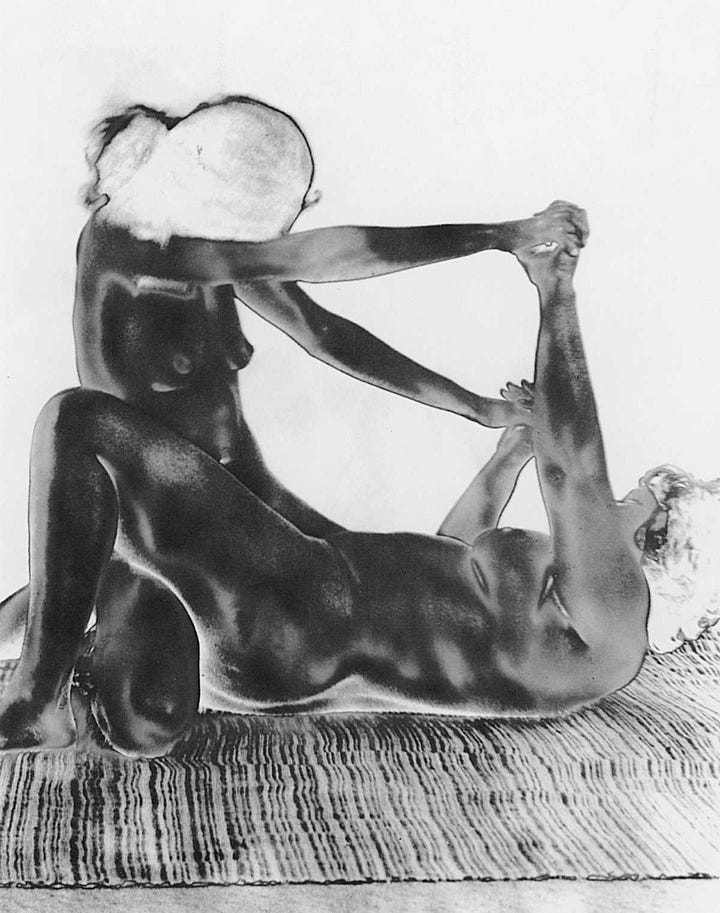
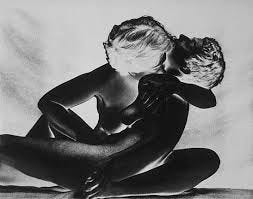
Though marginalized by mainstream institutions during her lifetime, printers and galleries often refused to handle her erotic imagery, Corinne exhibited widely within feminist and queer networks. She was one of ten artists in the 1980 Great American Lesbian Art Show and her photographs later featured in Brooklyn Museum’s landmark HIDE/SEEK: Difference and Desire in American Portraiture (2010), the first major museum exhibition to foreground gender and sexuality in American art (brooklynmuseum.org, on-curating.org). Posthumous retrospectives, such as the 2007 SomArts Cultural Center exhibition “Self-Portraiture in the Lesbian Community & Picturing Cancer in Our Lives,” have brought her holistic practice as artist and educator to new audiences (thelonelyonedotnet.wordpress.com, brooklynmuseum.org).
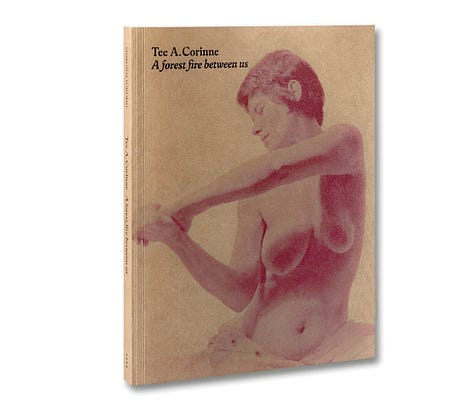

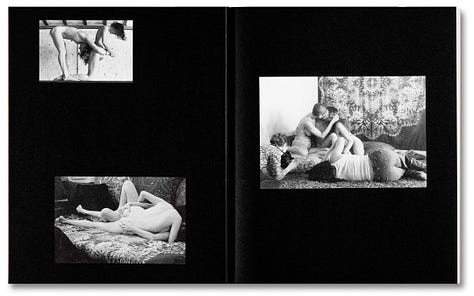
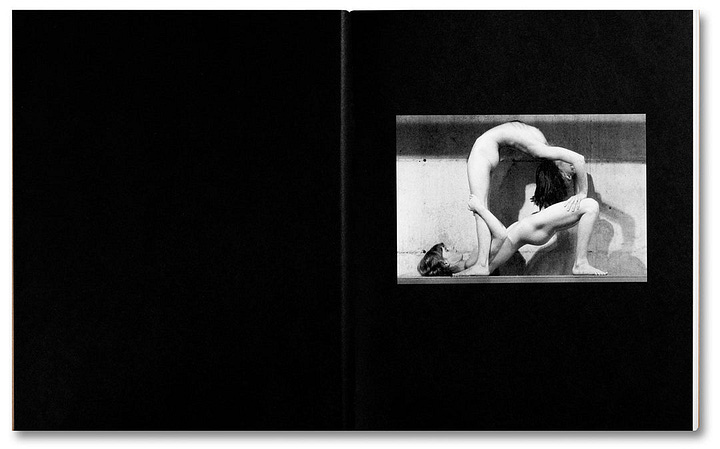
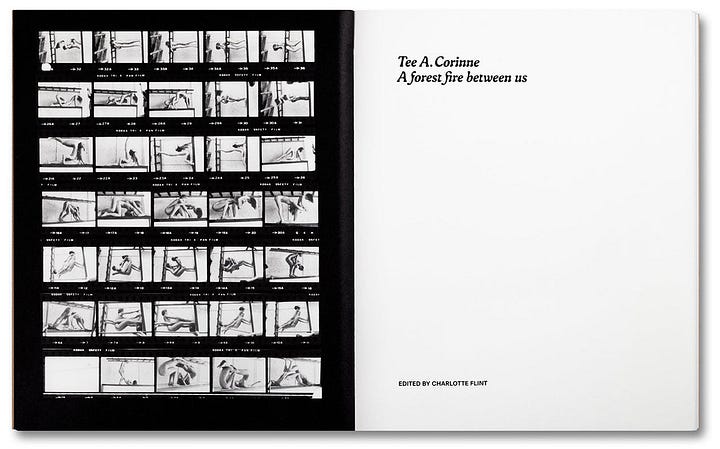


Corinne’s influence endures through both her archive and her pedagogical legacy. The Tee A. Corinne Papers reside at the University of Oregon, whose Memorial Travel Fellowship supports research into Oregon’s lesbian-intentional-community collections, including Corinne’s own ephemera alongside the papers of her partner Beverly Brown and fellow activists (library.uoregon.edu). Charlotte Flint’s 2024 monograph A Forest Fire Between Us compiles never-before-published photographs, contact sheets, and critical essays, situating Corinne within a broader genealogy of lesbian art and activism. Critical reassessments in journals such as Art Journal and Signs have underscored her dual role as artist and art historian, challenging institutional canons that long excluded explicitly sexual work (tandfonline.com).
Ultimately, Tee A. Corinne’s work transcends medium: it is at once diary, manifesto, and collective ritual. By claiming lesbian bodies and desires as legitimate subjects of art, and by equipping others through workshops, publications, and editorial projects, she reshaped the landscape of feminist and queer visual culture. Her practice remains a model for artists and activists committed to dismantling normative hierarchies of representation and reclaiming the body as a site of aesthetic and political possibility.
References:
Corinne, Tee A. Cancer in Our Lives. 2003–2005.
Flint, Charlotte, editor. A Forest Fire Between Us: Tee A. Corinne. MACK, 2024. (rile.space)
HIDE/SEEK: Difference and Desire in American Portraiture. Brooklyn Museum, 18 Nov. 2011–12 Feb. 2012. (brooklynmuseum.org)
Lesbian Artist and Revolutionary. Historic Artists’ Home and Studios, Artist Homes Project, 2024, artistshomes.org/keelin-pogue/tee-corinne/. (artistshomes.org)
Tee Corinne. Queer Cultural Center, queerculturalcenter.org/tee-corinne-2/, 2015. (queerculturalcenter.org)
Tee A. Corinne Memorial Travel Fellowship. University of Oregon Libraries, library.uoregon.edu/find-materials/…/tee-corinne-memorial-travel. (library.uoregon.edu)
Turner, Jonathan D., and David C. Ward, curators. HIDE/SEEK: Difference and Desire in American Portraiture. Brooklyn Museum, 2010. (on-curating.org)
Wojnarowicz, David. Bad Art. In Hide/Seek: Difference and Desire in American Portraiture. Smithsonian National Portrait Gallery, 2010. (femininemoments.dk)




Wow, so interesting, thank you!